Giuseppe Cicala
A Toolchain to Design, Execute, and Monitor Robots Behaviors
Jun 29, 2021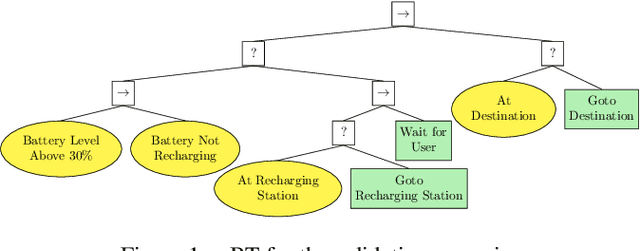
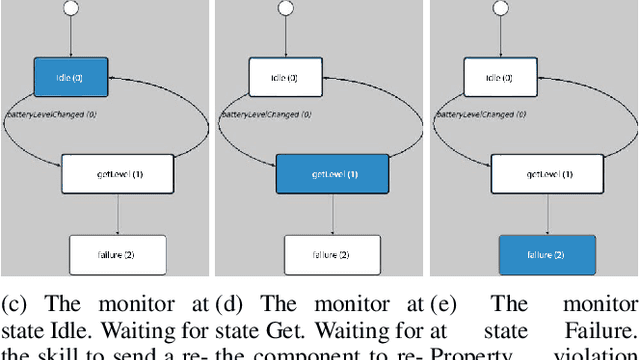
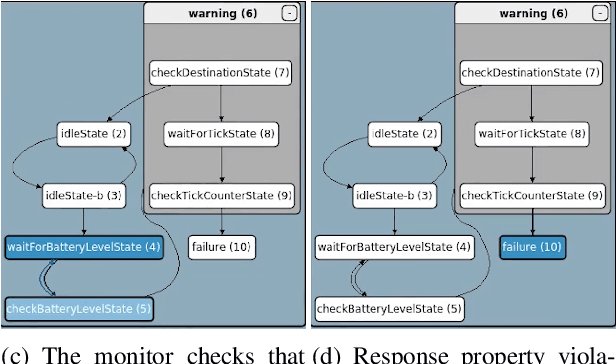
Abstract:In this paper, we present a toolchain to design, execute, and verify robot behaviors. The toolchain follows the guidelines defined by the EU H2020 project RobMoSys and encodes the robot deliberation as a Behavior Tree (BT), a directed tree where the internal nodes model behavior composition and leaf nodes model action or measurement operations. Such leaf nodes take the form of a statechart (SC), which runs in separate threads, whose states perform basic arithmetic operations and send commands to the robot. The toolchain provides the ability to define a runtime monitor for a given system specification that warns the user whenever a given specification is violated. We validated the toolchain in a simulated experiment that we made reproducible in an OS-virtualization environment.
* arXiv admin note: text overlap with arXiv:2106.12474
Formalizing the Execution Context of Behavior Trees for Runtime Verification of Deliberative Policies
Jun 23, 2021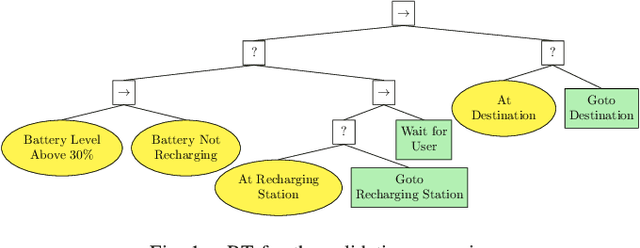
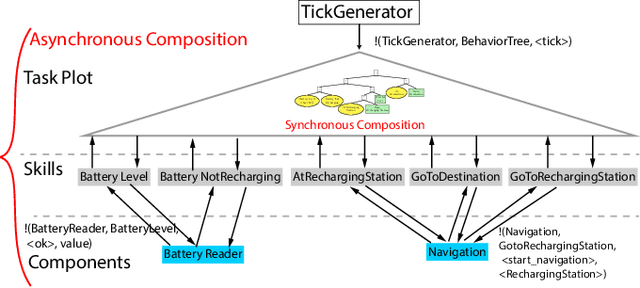
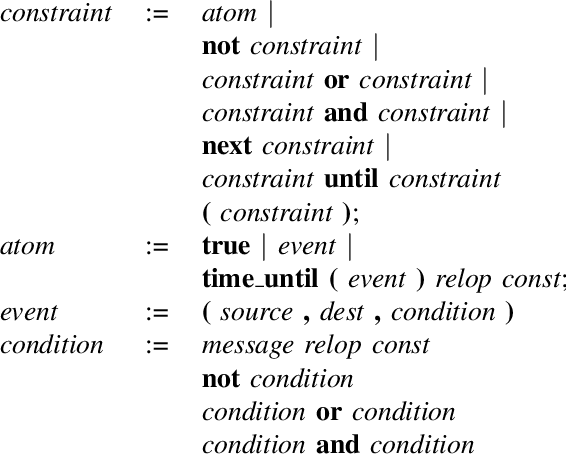
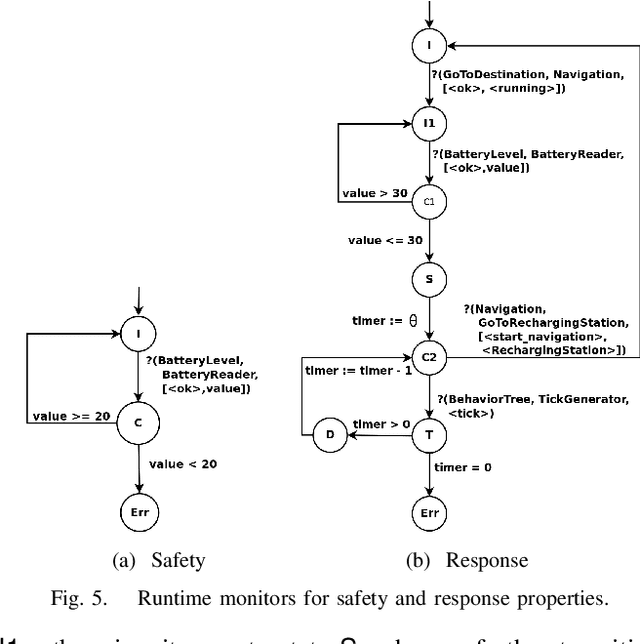
Abstract:Our research aims to enable automated property verification of deliberative components in robot control architectures. We focus on a formalization of the execution context of Behavior Trees (BTs) to provide a scalable, yet formally grounded, methodology to enable runtime verification and prevent unexpected robot behaviors to hamper deployment. To this end, we consider a message-passing model that accommodates both synchronous and asynchronous composition of parallel components, in which BTs and other components execute and interact according to the communication patterns commonly adopted in robotic software architectures. We introduce a formal property specification language to encode requirements and build runtime monitors. We performed a set of experiments both on simulations and on the real robot, demonstrating the feasibility of our approach in a realistic application, and its integration in a typical robot software architecture. We also provide an OS-level virtualization environment to reproduce the experiments in the simulated scenario.
 Add to Chrome
Add to Chrome Add to Firefox
Add to Firefox Add to Edge
Add to Edge